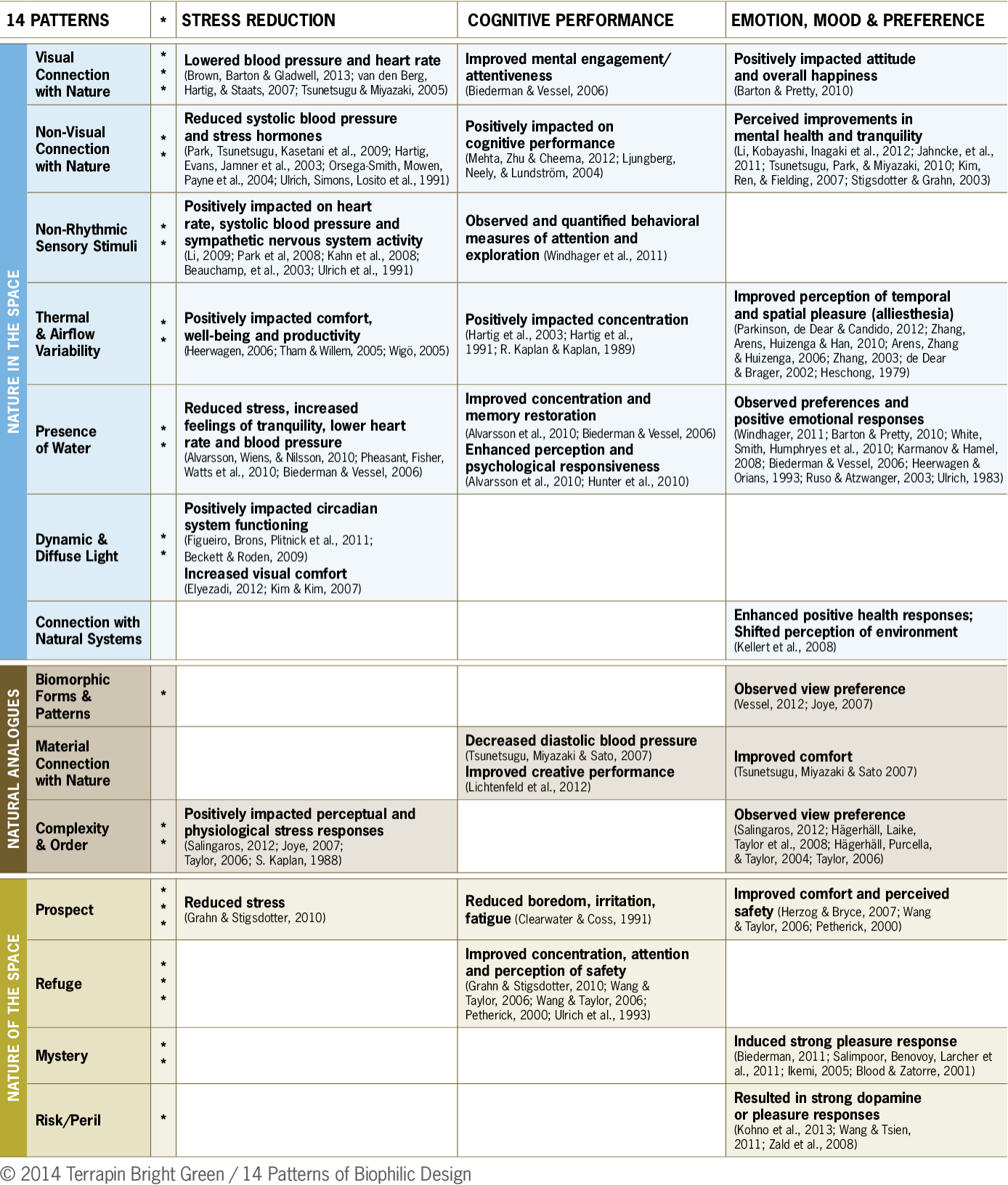Biophilia – A holistic approach to design
What is Biophilia?
The natural environment has always drawn humans in, made them dependent on it, and intrigued them. Biophilia, which literally means “love of life,” is the theory that our interest and communion with nature stems from an underlying, biologically-driven need to engage with other living things like animals and plants.
The title of Stephen R. Kellert’s book, “Biophilic Design: The Theory, Science, and Practice of Bringing Buildings to Life,” describes it best.
Understanding Biophilia, its Importance and Benefits.
The human need to connect with nature and other life forms is known as biophilia. Nature’s potential to benefit people includes having an impact on our mental health, hobbies, trips, even homes, and offices. If biophilia benefits people, then increasing our distance and alienation from the natural world in terms of urbanization, technology, and other advancements could have severe consequences on our well-being.
Stress rehabilitation is defined as uninhibited access to nature that promotes good aura and benefits one’s well-being. It is supported by certain desirable natural characteristics such as light, vegetation, water and natural structures, textures, and vistas).
Elements under Biophilia design.
Organic resources, natural sunlight, foliage, views of nature, cultural associations, and experiences are some of the most popular features in current spaces. Biophilic influences also include Environmental features, Natural shapes and forms, Natural patterns and Processes, Light and space, Place-based relationships and lastly Evolved human-nature relationships.

Thermory explains the 6 primary biophilic design principles as follows:
Environmental features
Using characteristics of the natural world in your built environment. These can include color (i.e. earth tones), water features, sunlight, and actual vegetation in your design.
Natural shapes and forms
Representing and using shapes found in the natural world, such as botanical motifs, columns, ovals, arches, shells and spirals, animal motifs, and biomimicry (the imitation of living things). Right angles and straight lines are the direct opposite of this and are rarely found in nature.
Natural patterns and processes
Incorporating natural properties (as opposed to representations) into your design. This complex, nuanced principle focuses on varying the sensory experience with transitions and complementary contrasts with things such as central focal points, patterned wholes, and clear boundaries.
Light and space
Light makes life possible. This principle focuses on the use of light within a space, such as natural light, diffused light, shadow, spaciousness, spatial harmony, and inside/outside space.
Place-based relationships
The marriage of culture and ecology is rooted in the human need to establish territory. This principle includes aspects of unique connections to place, indigenous materials, landscape orientation and ecology, and avoiding the monotony of “placelessness.”
Evolved human-nature relationships
This principle focuses on the inherent relationship between humans and nature. These environmental values include aspects that foster self-esteem, aesthetic attraction to nature, exploration, and discovery, fear and awe, and spirituality.

Biophilia in interior design
“There is rarely a solution that is universal. Rather, the ‘correct’ solution, in our view, is one that is locally appropriate and responsive to the situation at hand.”
– Rachel Kaplan, Stephen Kaplan & Robert L. Ryan, 1998 WITH PEOPLE IN MIND
Considering nature as a design driver––rather than just another tool––is a must. Although it is crucial to deliberately incorporate natural components in an aesthetically pleasing manner, nature must take precedence over design. As a result, rather than asking, “How can we enhance this space with natural elements?” one may alternatively question, “What natural aspects are crucial for such a space?” More biophilic demands are met when nature arrives first, and the surroundings appear more organic. Nature should not appear to be plugged in at the last moment.
Mother Nature, like any human designer, maintains – form follows function. The objects in the natural world appear the way they do purely because of what they are for, albeit for excellent reasons.

“Harmony between human habitation and the natural world through design approaches so sympathetic and well-integrated with its site that buildings, furnishings, and surroundings become part of a unified, interrelated composition” architect Frank Lloyd Wright once said. He implemented what he advocated, particularly with his most renowned creation, the Falling water home.
The architecture of Fallingwater reminds us that the finest examples of biophilia really aren’t simply concerning adding greenery to our surroundings, but it is also about creating a space that is in harmony with nature. So when it comes to workplace design, that also implies harmonizing with human nature.
Biophilia within the workplace
What are the benefits of biophilia to the individual workers and the organization? Biophilic experiences can reduce stress, improve cognitive function, and enhance mood and creativity. These and other outcomes can increase health and wellbeing, as well as productivity.
Biophilic encounters can also diminish pressure, work on intellectual capacity, and upgrade disposition and inventiveness.

Amazon has built an office that houses 40,000 plants, as well as its many employees. Opened earlier this year, it was designed as a rainforest-like space to inspire creativity and foster a community-based culture.
To improve the workplace environment, several workplaces use the pattern – Visual Connection with Nature. The goal might be to increase vistas and introduce plants into the workplace; interventions could include building a green wall, repositioning workstations to optimise views to the outdoors, or instituting a desk plant for employees. The specifics, location, and amount toward which each of these interventions is performed will vary with the office background and its spatial requirements.
The future of Biophilia
Positive settings are just that – they have a positive influence on the individuals who use them. As even more organizations reconsider the direction of the workplace, one factor is certain: supporting employee well-being would be critical.
Every firm has indeed been forced to reconsider how it works, how it cares for its people, and how it might deal with the enormous cultural shift ushered on by Covid-19. Technology has enabled an increasing number of employees to work remotely, causing the least amount of disturbance as possible; while some were forced to implement rigorous precautions, ranging from mask-wearing to social distance, to ensure employees are working in safe surroundings. This newfound approach has had a significant influence on human mental wellbeing.

This however has presented offices with an opportunity to reimagine the spaces where we work. We may witness a movement in how corporate spaces are utilised and built, with a focus on employees as a community rather than simply a workforce, providing a trend out from utilitarian environments towards a more collaborative workspace with a higher focus on creative thinking. It is essential that we begin to grasp how our physical environment influences our mental wellbeing; then again, positive spaces yield positive results.
Organizations may accomplish this by implementing and introducing biophilic design. Biophilia in interior spaces is important and necessary now more than ever with escalated discussions about the use of nature and natural patterns at the design planning stage resulting in vaulting from relative obscurity to the frontline of the corporate design in a matter of months.
Biophilia is no longer an aesthetic feature but a well-being necessity.
